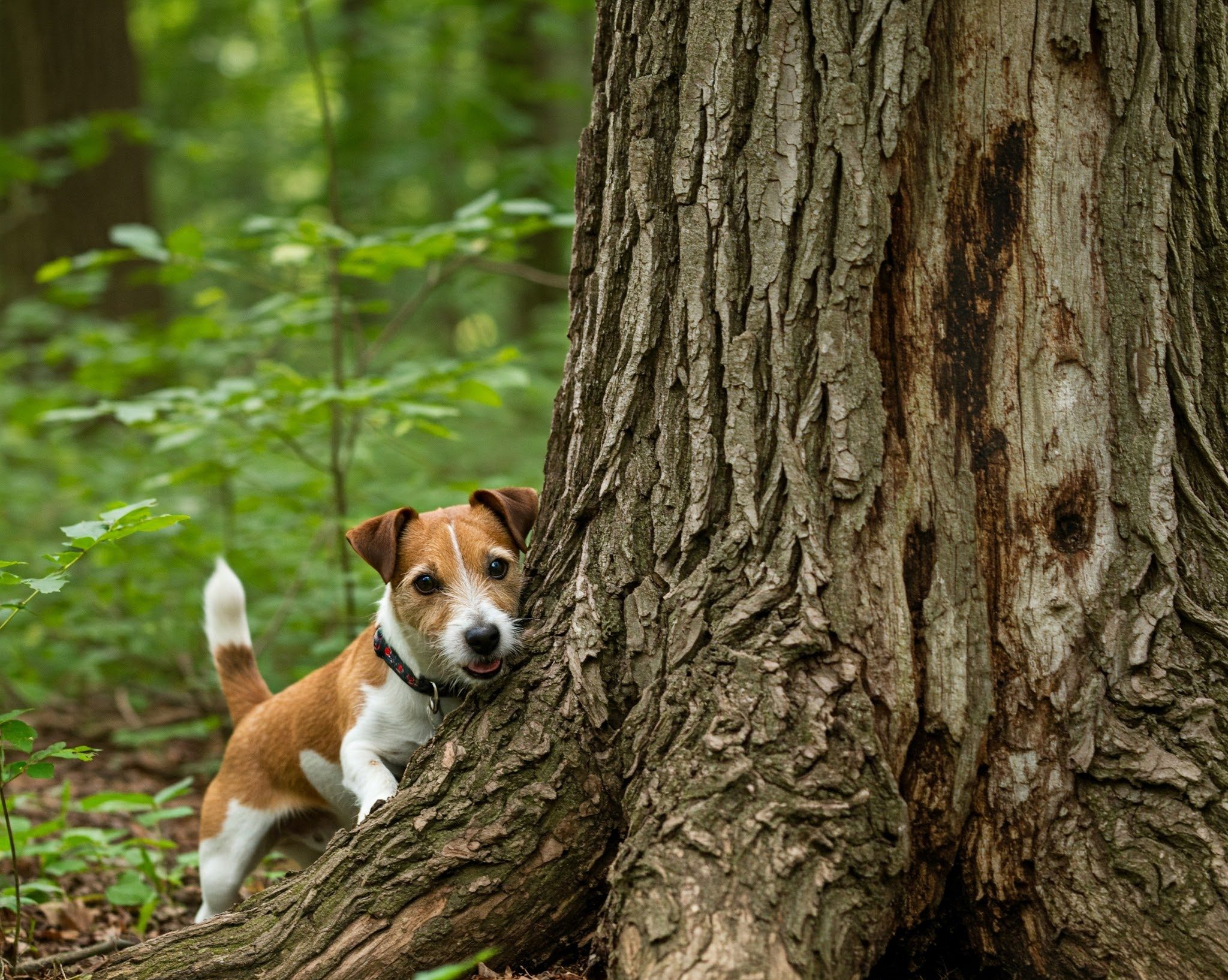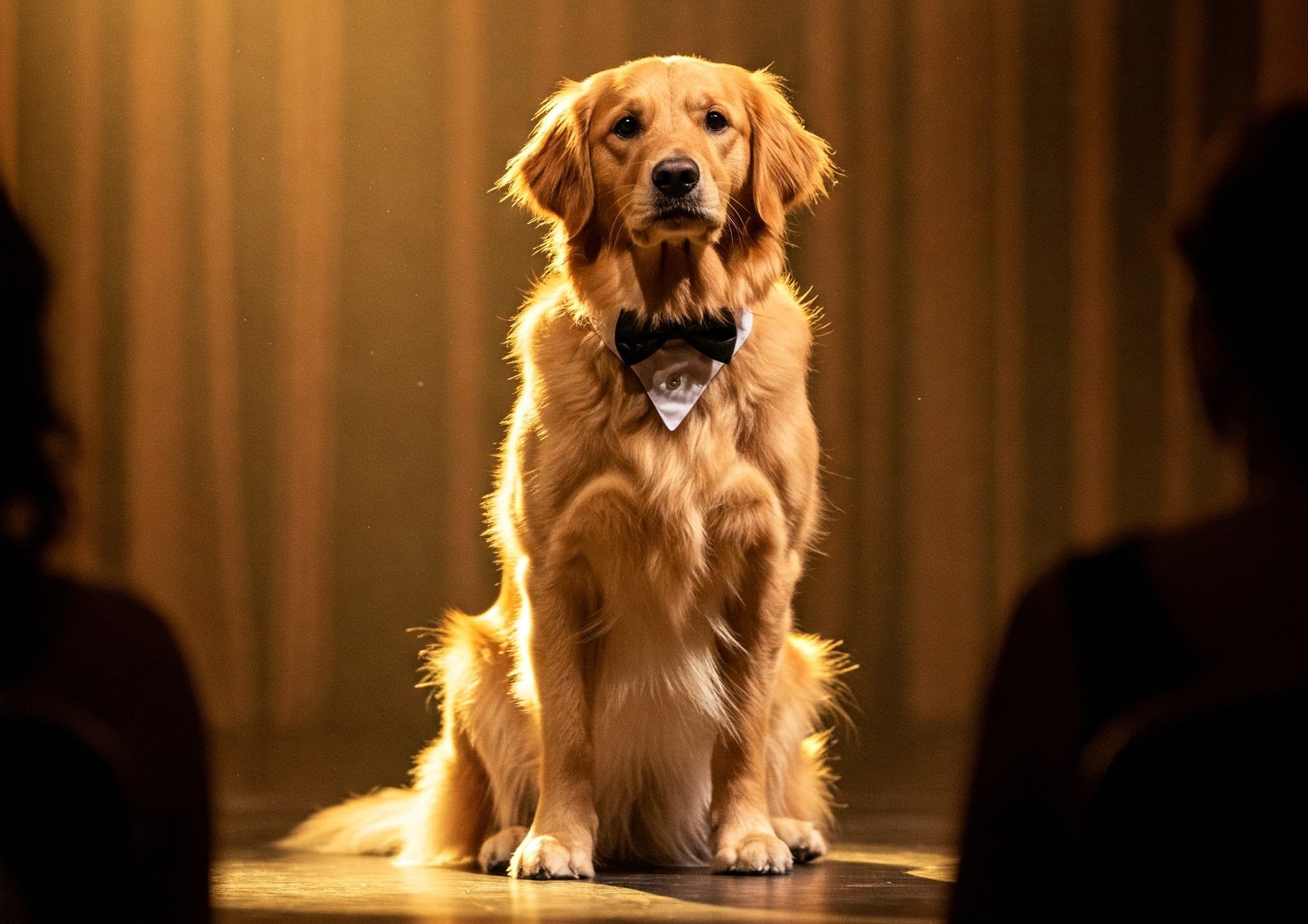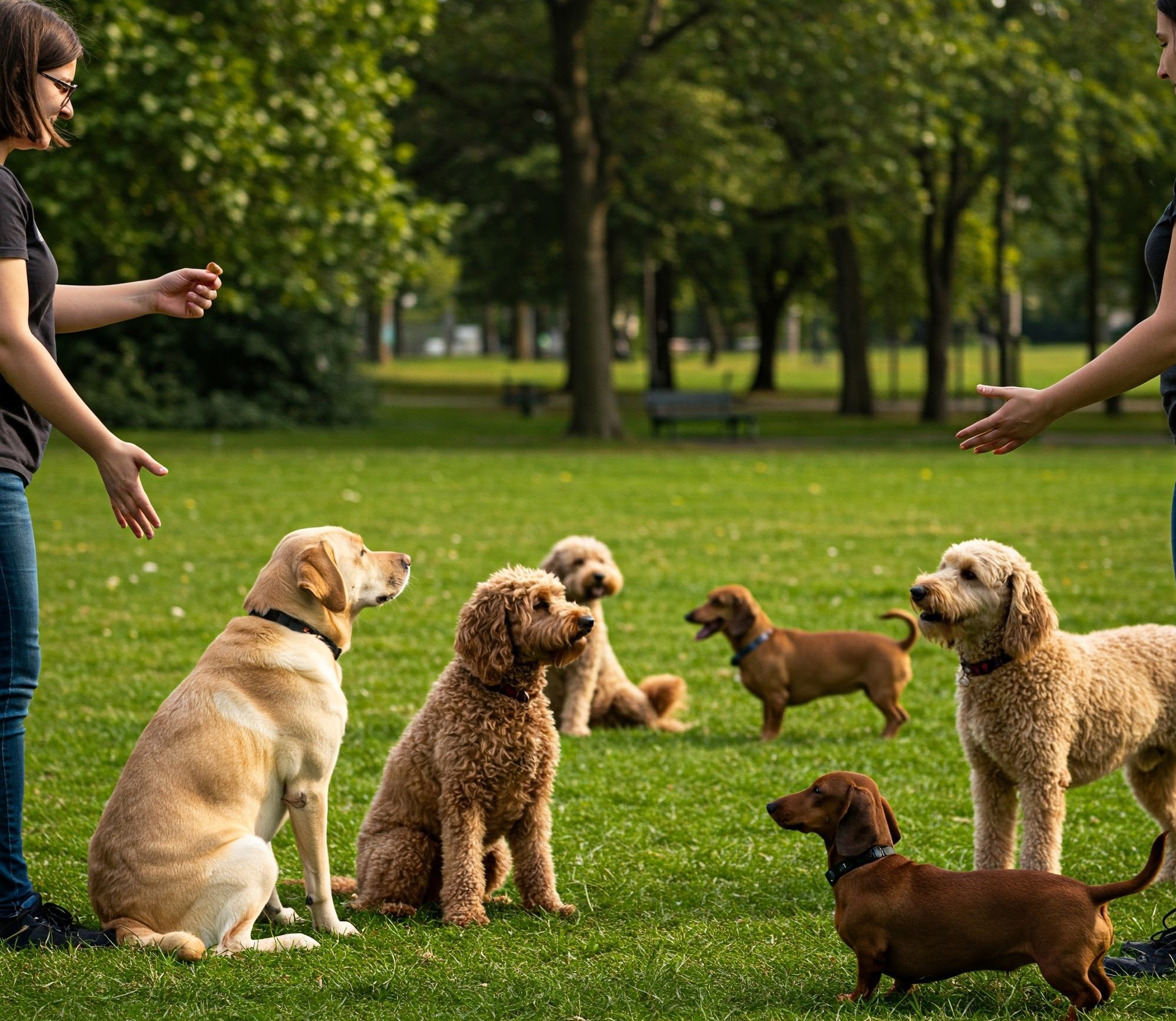Boost Your Dog’s Happiness and Strengthen Your Bond: The Power of Teaching New Tricks
Teaching your dog new tricks is not just a fun activity. It’s an essential part of their mental and emotional well-being. Dogs thrive on stimulation and engagement, especially active and intelligent breeds.
When you start the process of teaching them new tricks, you’re not only providing a mental workout for them, but you’re also reinforcing the bond between you. With every trick learned, they have the opportunity for communication and understanding, deepening the trust and creating a sense of accomplishment, not only for your furry friend but for you as well.
The time spent together when practicing a trick is quality time, so it brings a sense of joy and mutual respect. From the simple “sit” to a complex series of tricks, each one helps create a more balanced and connected partnership with your furry friend.

Here is a step-by-step guide to teach your dog some fun and unique tricks:
1. Hide and seek
First, show your dog his favorite toy or a treat. Let them sniff it, but don’t let them take it. While he’s watching you, hide the item in a place where they can easily find it, like behind a chair or under a blanket.
Encourage your dog with words, using a command like “find it!” and point towards the area where you’ve hidden the item. Reward them when they find the item. Gradually increase the difficulty of the hiding spots so they get better at finding it.
Once they can find hidden items, try hiding yourself and encourage them to find you. Start with a partial hiding, like behind a door, and call your dog’s name. You can try in a group of people where someone remains with the dog to give the “find it” command. It can be a great family thing to do.
2. Leg weaves
Start with your legs slightly apart, giving your dog room to pass through. Lure your dog with a treat through your legs, from one side to the other. Hold the treat near your dog’s nose and slowly move it to the right side of your leg. They will naturally follow the treat and pass through your legs from front to back.
Once they finish the move, reward them with a treat. Now all you need to do is repeat the process for the other leg until your dog understands the pattern. When they are comfortable with each leg, start walking in a circle or at a slow pace to allow them to weave through your legs while you guide them.
When your dog starts to be consistent with weaving through your legs, add a verbal cue, like “weave or through. Keep practicing with them at different speeds.
3. Play dead
First, have your dog lie down on their stomach. Hold a treat near their nose and gently move it to the side of their face to encourage them to roll onto their side. You can also gently roll them on their side and say “play dead” or another cue word.
When they manage to lie on their side, immediately give them the treat and praise. Encourage your dog to remain in that position for a few seconds, then gradually increase the time of holding the position.
Repeat and add the verbal cue and a hand gesture to the behavior so your dog knows when to perform the trick.

4. Take a bow
Here you will teach your dog to lower their front end and keep their rear end up.
Begin with your dog standing and holding a treat in your hand. Move the treat toward the ground, between their front legs, just past the chest. Your dog will naturally lower their front and hold the treat for a while to make them understand they need to hold that position. After a few seconds, reward them and praise them. Repeat several times until your dog starts lowering their front end more consistently.
When they are regularly doing the bow, add a cue word and a hand gesture to signal the action. Keep practicing until your dog associates the word “bow,” for example, with the action, so they can start performing it without the trick.
5. Spin
Start by holding a treat in your hand and let your dog see it. Gently move the treat around your dog’s head in a circular motion. They should follow the treat with their body, turning in a circle.
Reward them with the treat and praise as soon as they complete the full circle. Repeat the trick several times and keep the treat at the right height for them to follow it.
Once your pup starts spinning consistently, add a verbal cue, such as “spin or “twirl,” as you move the treat around. As they become familiar with the spin, try doing it without the treat in your hand. Use the command word and a motion to prompt them, and reward them when they complete the circle.
Patience is key for these tricks, and you should use a lot of positive reinforcement. Start with easy and manageable steps as your dog gets better. Gradually increase the challenge and introduce verbal cues. Enjoy your bonding time!

The mental benefits of learning tricks
Spending time to teach your dog some tricks is not only about entertainment. This is a great way to keep their mind sharp and engaged. Dogs are natural problem solvers, and learning something new offers them the mental stimulation they crave. As we know, even humans benefit from puzzles and brain games. They need mental challenges to keep them away from boredom and destructive behaviors. A bored dog can bark excessively, chew on furniture, and dig up your garden. A mentally engaged pup will more likely be relaxed and content.
Physical activity
Learning new tricks is not only a mental workout, but it also helps your dog stay physically active. Tricks such as spin, weaving legs, or jumping through the hoop can provide fun ways of burning off extra energy, This is extremely important for high-energy breeds as they might not get enough exercise during their daily walks. Teaching them a new trick can offer them the right balance of mental stimulation and physical activity, creating great benefits for their overall health.
Building confidence in shy dogs
Dogs thrive on positive reinforcement, and if your dog is shy or anxious, every successful trick they perform will reinforce the idea that they are capable and loved. This confidence translates to other areas of life, and you will notice a difference in their interactions with new people and exploring unfamiliar environments.
Social benefits of a well-trained dog
Trick training transforms your dog into a great companion in social settings. When they can follow commands such as sit, stay, or wave, they are more likely to be well-behaved around guests or in a crowded park. Bonus: tricks can serve as a nice icebreaker when meeting new people, and it can help your dog become a star of social interactions.
The fun never stops
The beauty is that there is no limit to how many different tricks your dog can learn. Training sessions can become a constant activity that keeps your dog motivated and excited, no matter their age.
Take a look at these Mentally Stimulating Educational Toys that you can find on Amazon.
If you found this article useful, you might be used to dogs. Read this article next and see which pet you’d like to bond with if it would be legal: 7 Animals You Can’t Have as Pets in the US












